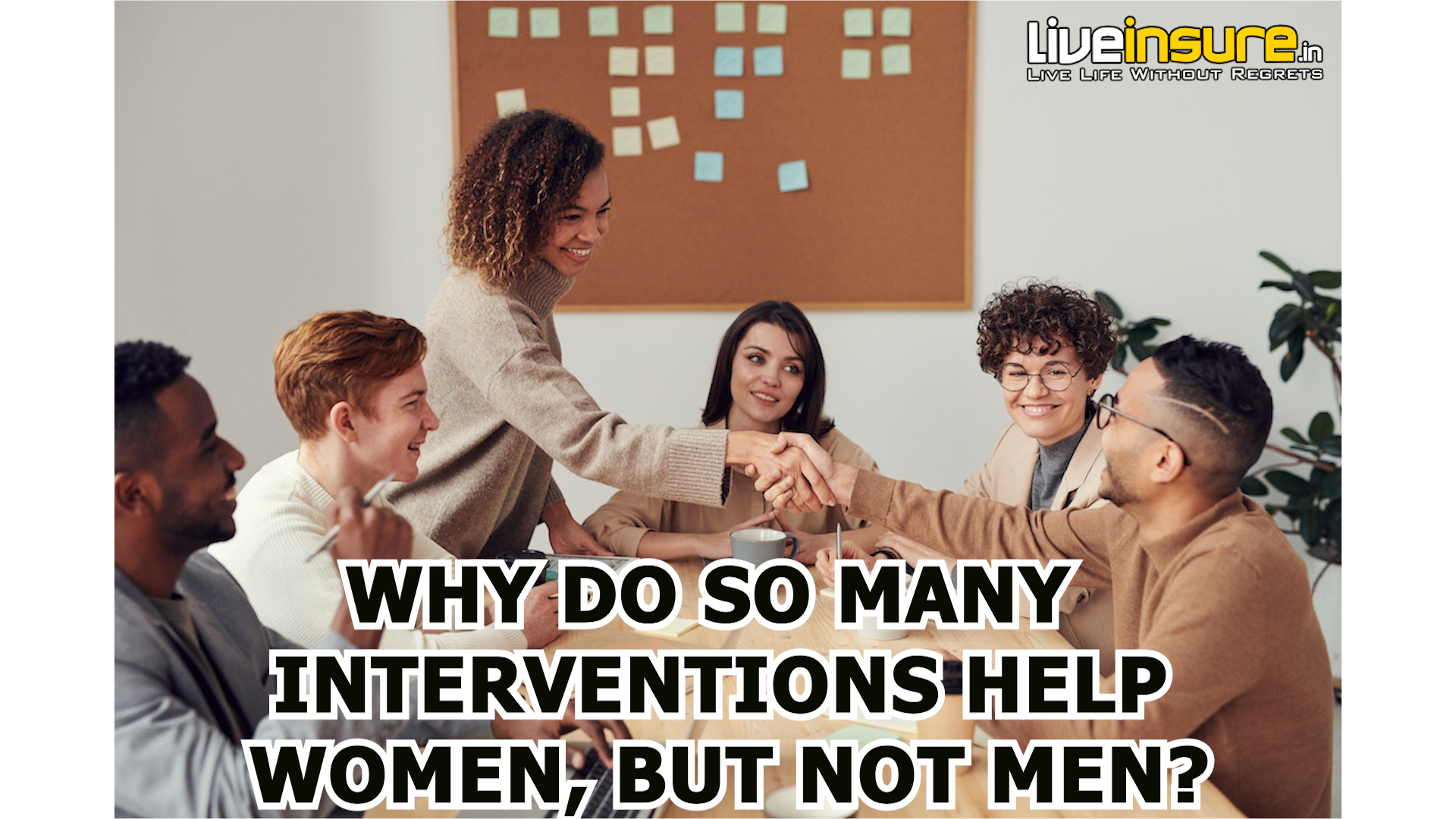What is meant by gender?
The term gender refers to the economic, social and cultural attributes and opportunities associated with being male or female. In most societies, being a man or a woman is not simply a matter of different biological and physical characteristics. Men and women face different expectations about how they should dress, behave or work. Relations between men and women, whether in the family, the workplace or the public sphere, also reflect understandings of the talents, characteristics and behaviour appropriate to women and to men. Gender thus differs from sex in that it is social and cultural in nature rather than biological. Gender attributes and characteristics, encompassing, inter alia, the roles that men and women play and the expectations placed upon them, vary widely among societies and change over time. But the fact that gender attributes are socially constructed means that they are also amenable to change in ways that can make a society more just and equitable.
What is the difference between gender equity, gender equality and women’s empowerment?
Gender equity is the process of being fair to women and men. To ensure fairness, strategies and measures must often be available to compensate for women’s historical and social disadvantages that prevent women and men from otherwise operating on a level playing field. Equity leads to equality. Gender equality requires equal enjoyment by women and men of socially-valued goods, opportunities, resources and rewards. Where gender inequality exists, it is generally women who are excluded or disadvantaged in relation to decision-making and access to economic and social resources. Therefore a critical aspect of promoting gender equality is the empowerment of women, with a focus on identifying and redressing power imbalances and giving women more autonomy to manage their own lives. Gender equality does not mean that men and women become the same; only that access to opportunities and life changes is neither dependent on, nor constrained by, their sex. Achieving gender equality requires women’s empowerment to ensure that decision-making at private and public levels, and access to resources are no longer weighted in men’s favour, so that both women and men can fully participate as equal partners in productive and reproductive life.
Why is it important to take gender concerns into account in programme design and implementation?
Taking gender concerns into account when designing and implementing population and development programmes therefore is important for two reasons. First, there are differences between the roles of men and women, differences that demand different approaches. Second, there is systemic inequality between men and women. Universally, there are clear patterns of women’s inferior access to resources and opportunities. Moreover, women are systematically under-represented in decision-making processes that shape their societies and their own lives. This pattern of inequality is a constraint to the progress of any society because it limits the opportunities of one-half of its population. When women are constrained from reaching their full potential, that potential is lost to society as a whole. Programme design and implementation should endeavour to address either or both of these factors.
Is gender equality a concern for men?
The achievement of gender equality implies changes for both men and women. More equitable relationships will need to be based on a redefinition of the rights and responsibilities of women and men in all spheres of life, including the family, the workplace and the society at large. It is therefore crucial not to overlook gender as an aspect of men’s social identity. This fact is, indeed, often overlooked, because the tendency is to consider male characteristics and attributes as the norm, and those of women as a variation of the norm.
But the lives of men are just as strongly influenced by gender as those of women. Societal norms and conceptions of masculinity and expectations of men as leaders, husbands or sons create demands on men and shape their behaviour. Men are too often expected to concentrate on the material needs of their families, rather than on the nurturing and caring roles assigned to women. Socialization in the family and later in schools promotes risk-taking behaviour among young men, and this is often reinforced through peer pressure and media stereotypes. So the lifestyles that men’s roles demand often result in their being more exposed to greater risks of morbidity and mortality than women. These risks include ones relating to accidents, violence and alcohol consumption.
Men also have the right to assume a more nurturing role, and opportunities for them to do so should be promoted. Equally, however, men have responsibilities in regard to child health and to their own and their partners’ sexual and reproductive health. Addressing these rights and responsibilities entails recognizing men’s specific health problems, as well as their needs and the conditions that shape them. The adoption of a gender perspective is an important first step; it reveals that there are disadvantages and costs to men accruing from patterns of gender difference. It also underscores that gender equality is concerned not only with the roles, responsibilities and needs of women and men, but also with the interrelationships between them.
Richard V. Reeves points out a disconcerting finding: in studies of interventions that seek to boost the life prospects of the disadvantaged, when positive effects are found, the benefits tend to accrue to women, not men. He discusses the findings in “Why Men Are Hard to Help,” appearing in the most recent issue of National Affairs. The essay is adapted from his recent book: Of Boys and Men: Why the Modern Male Is Struggling, Why It Matters, and What to Do about It. Some examples:
Thanks to a group of anonymous benefactors, students educated in the city’s K-12 school system receive paid tuition at almost any college in the state. Other cities have similar initiatives, but the Kalamazoo Promise is unusually generous. It’s also one of the few programs of its kind to have been robustly evaluated — in this case by Timothy Bartik, Brad Hershbein, and Marta Lachowska of the Upjohn Institute. They found that the Kalamazoo Promise made a major difference in the lives of its beneficiaries — more so than other, similar programs made in theirs. But the average impact disguises a stark gender divide. According to the evaluation team, women in the program “experience very large gains,” including an increase of 45% in college-completion rates, while “men seem to experience zero benefit.” The cost-benefit analysis showed an overall gain of $69,000 per female participant — a return on investment of at least 12% — compared to an overall loss of $21,000 for each male participant. In short, for men, the program was both costly and ineffective.
One of the other studies that jumped off my desk in considering this evidence was an evaluation of a mentoring and support program called “Stay the Course” at Tarrant County College, a two-year community college in Fort Worth, Texas. Community colleges are a cornerstone of the American education system, serving around 7.7 million students — largely from middle- and lower-class families. But there is a completion crisis in the sector: Only about half the students who enroll end up with a qualification (or transfer to a four-year college) within three years of enrolling. Many of these schools produce more dropouts than diplomas. The good news is that there are programs, like Stay the Course, that can boost the chances of a student succeeding. The bad news is that, as the Fort Worth pilot shows, they might not work for men, who are most at risk of dropping out in the first place. Among women, the Fort Worth initiative tripled associate-degree completion. This is a huge finding: That kind of effect is rare in any social-policy intervention. But as with free college in Kalamazoo, the program had no impact on college completion rates for men.
But Stay the Course and the Kalamazoo Promise are just two among dozens of initiatives in education that seem not to benefit boys or men. An evaluation of three preschool programs — Abecedarian, Perry, and the early Training Project — for example, showed “substantial” long-term benefits for girls but “no significant long-term benefits for boys.” Project READS, a North Carolina summer reading program, boosted literacy scores “significantly” for third-grade girls — giving them the equivalent of a six-week acceleration in learning — but there was a “negative and insignificant reading score effect” for boys. …
Students who attended their first-choice high school in Charlotte, North Carolina, after taking part in a school-choice lottery earned higher GPAs, took more Advanced Placement classes, and were more likely to go on to enroll in college than their peers — but the overall gains were “driven entirely by girls.” A new mentoring program for high-school seniors in New Hampshire almost doubled the number of girls enrolling in a four-year college, but it had “no average effect” for boys. Urban boarding schools in Baltimore and Washington, D.C., boosted academic performance among low-income black students, but only female ones. College scholarship programs in Arkansas and Georgia increased the number of women earning a degree but had “muted” effects on white men and “mixed and noisy” results for black and Hispanic men.
And so on, and so on, for studies of the effects of wage subsidies, worker training, and other areas. Reeves notes that a number of studies of such programs point out the gap between outcomes for boys and girls, or men and women, and then note (as academic research papers love to do) that it deserves further study. But those further studies–much less proposals for policies that would have improved outcomes for men–don’t seem to happen.
Thus, Reeves, like the rest of us, ends up falling back on explanations that have a plausible ring, but aren’t exactly the result of gold standard cause-and-effect social science research. He writes: “The problem is not that men have fewer opportunities; it’s that they are not seizing them. The challenge seems to be a general decline in agency, ambition, and motivation.” I
Reeves also notes: “[W]here there is a difference by gender, it is essentially always in favor of girls and women. The only real exception to this rule is in some vocational programs or institutions, which do seem to benefit men more than women — one among many reasons we need more of them.” Perhaps such programs speak more clearly to those with lower agency, ambition, and motivation?
If women had dramatically lower rates of college attendance, it would be viewed as a national problem. Indeed, it was viewed that way. As Reeves notes:
In 1972, Congress passed Title IX — a landmark statute to promote gender equality in higher education. Quite rightly, too: At the time, there was a 13 percentage-point gap in the proportion of bachelor’s degrees going to men compared to women. Just a decade later, the gap had closed. By 2019, the gender gap in bachelor’s degrees was 15 points — wider than it had been in 1972, but in the opposite direction. Today, women far outperform men in the American education system. … In the United States, for example, the 2020 drop in college enrollment was seven times greater for male students than for female students. At the same time, male students struggled more than female students with online learning.
Societies with a substantial proportion of disgruntled and flailing young men will suffer from an array of other related problems.




